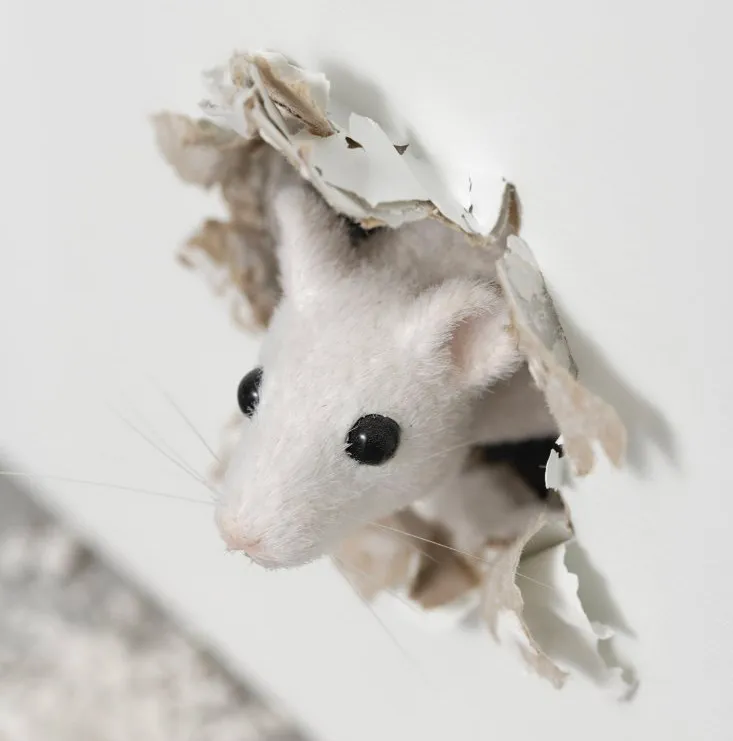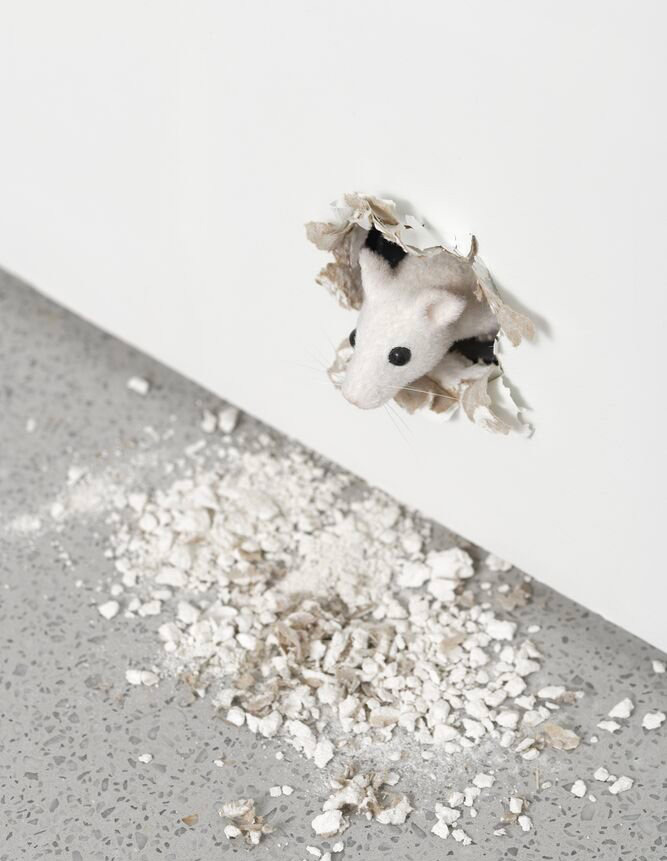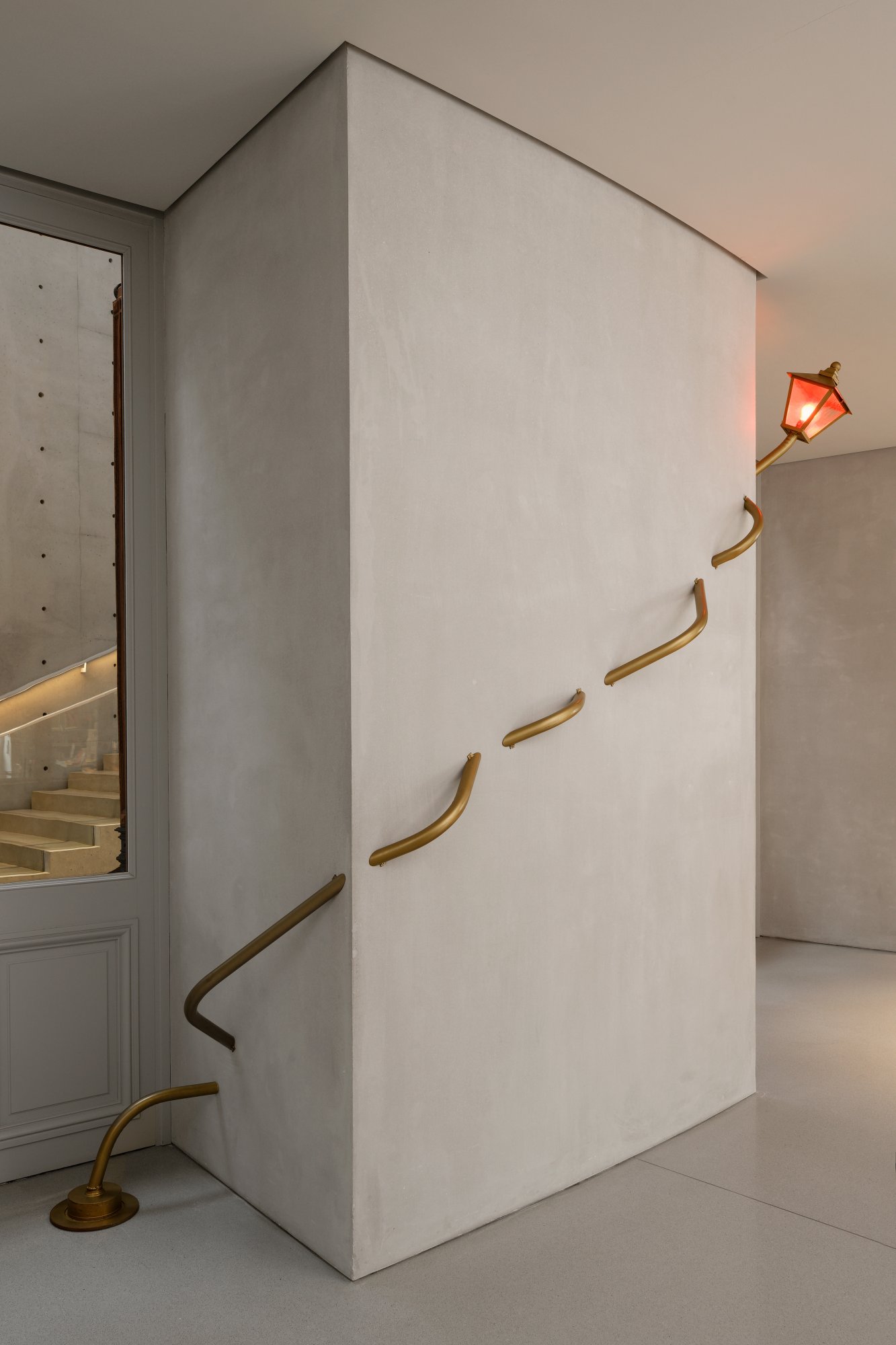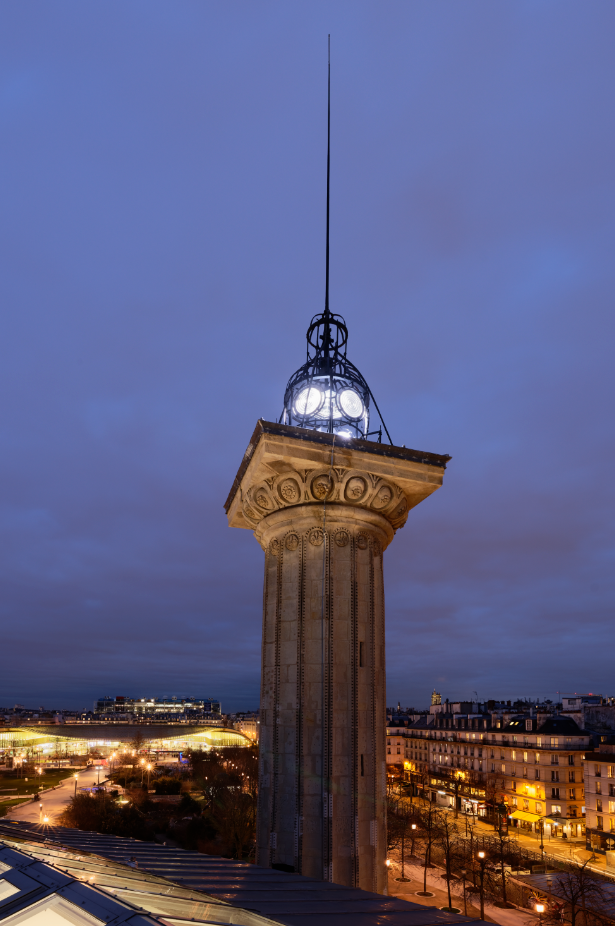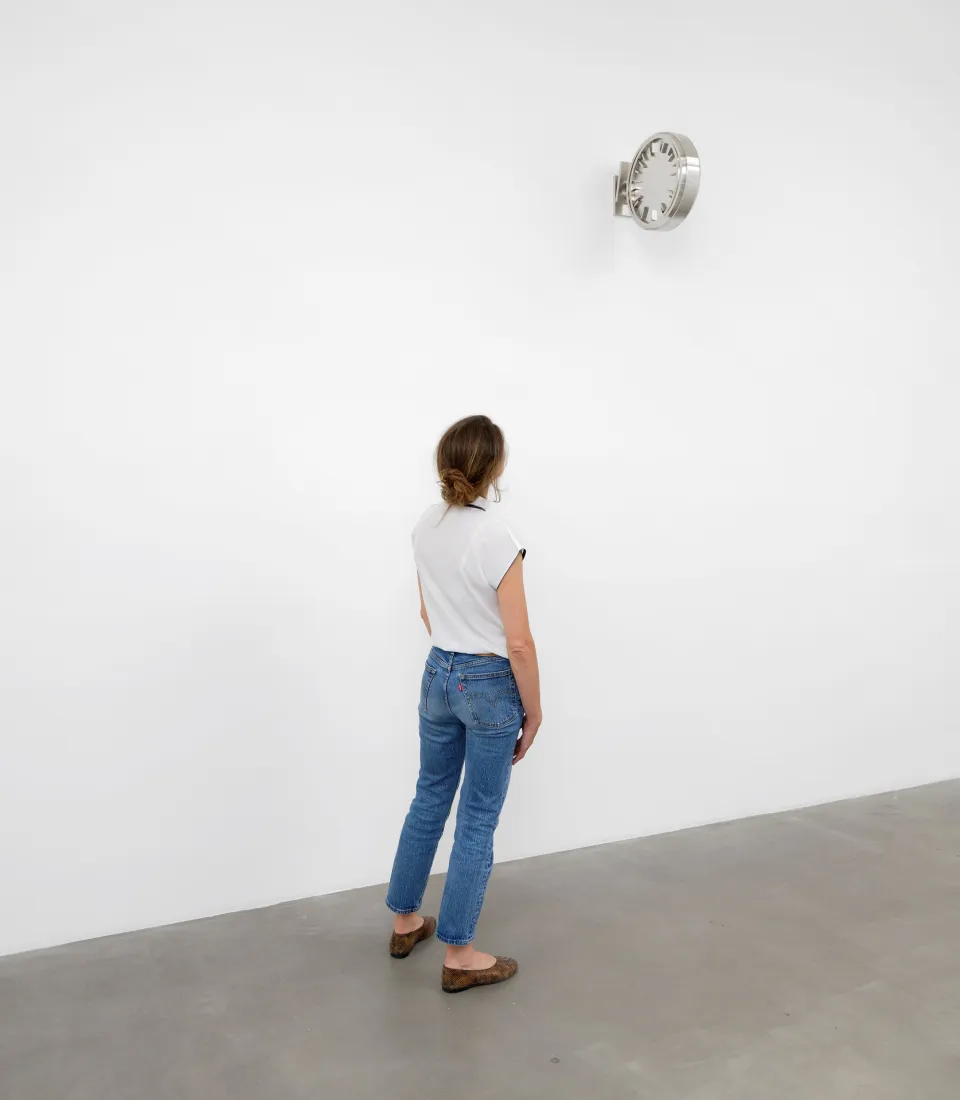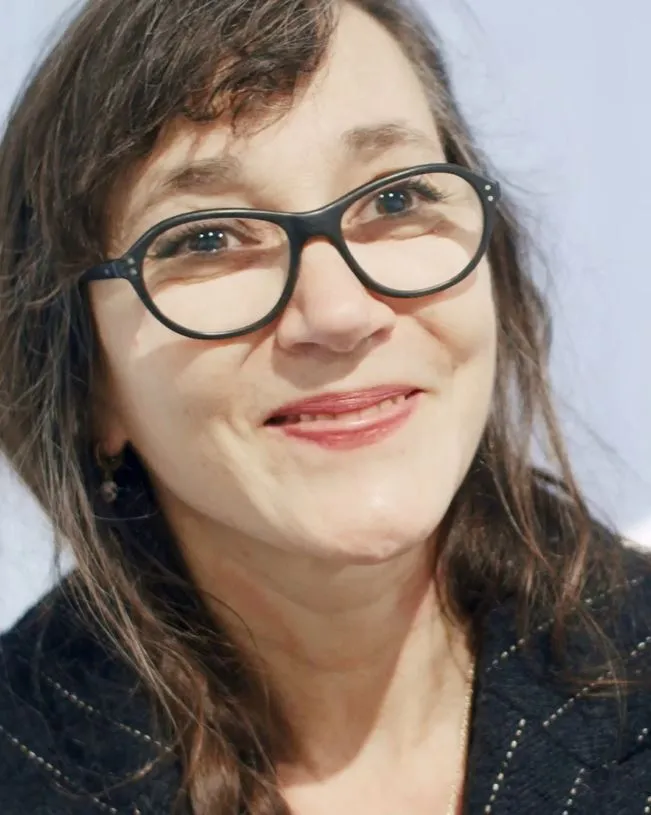Several artists have been invited to install in-situ works inside and outside the Bourse de Commerce, to create a dialogue between the architecture and the exhibits.
Opening hours
Open Monday to Sunday from 11am to 7pm
Closed on Tuesday and May 1st
Late-night until 9pm on Friday
Free late-night openings every first Saturday of the month from 5pm to 9pm
Full Price : 15€
Reduced price : 10€
Free entry without booking after 4pm for Super Cercle members
Free, unlimited and priority access with the Membership Card
